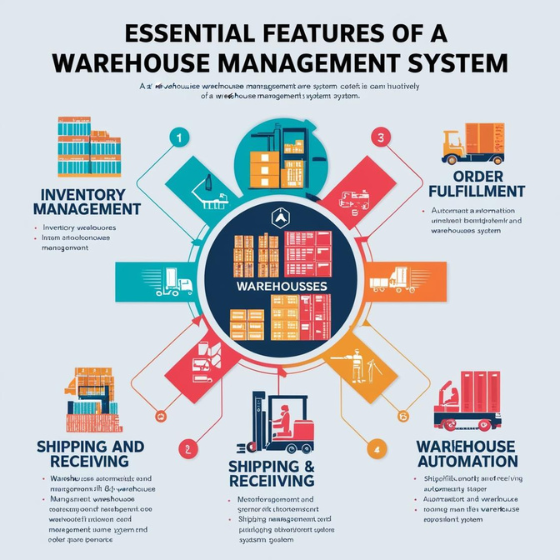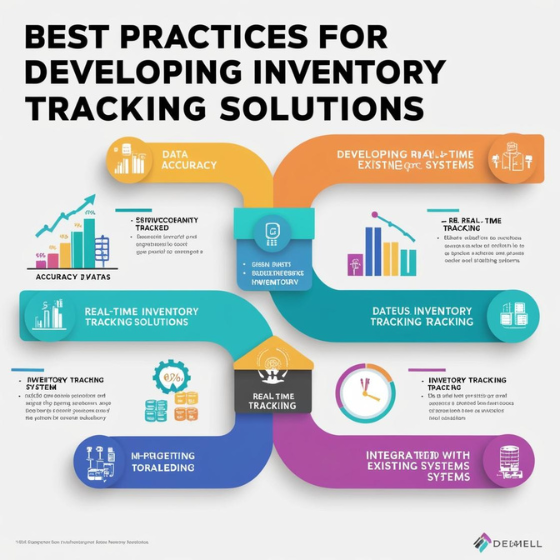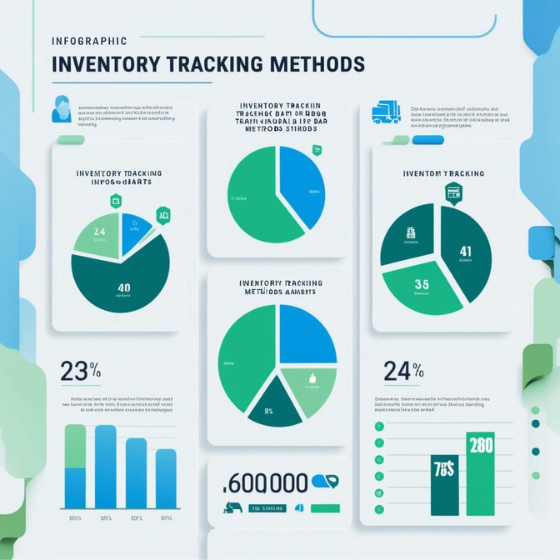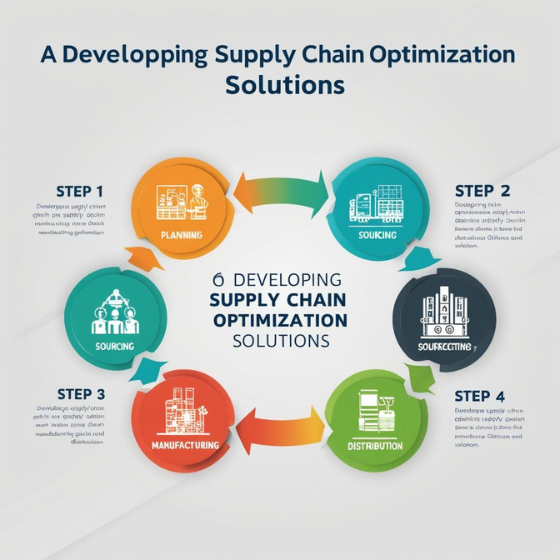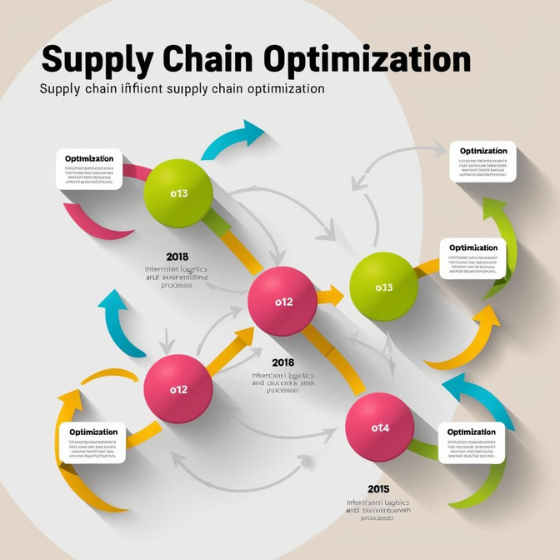Essential Features for Warehouse Management Systems
“Businesses with an optimized Warehouse Management System (WMS) report up to a 30% increase in efficiency and a 20% reduction in operational costs.”
Managing a warehouse effectively is no easy feat. From tracking inventory to streamlining workflows, the complexities of running warehouse operations demand a reliable system. This is where the essential features for warehouse management systems come into play.
In this blog, we’ll explore the critical components that make up a robust WMS, their benefits, and actionable insights to help you choose or design the perfect solution for your business. By the end, you’ll understand how these features can transform your operations and position your company for success.
Why Invest in a Warehouse Management System?
A Warehouse Management System is more than just software; it’s the backbone of efficient supply chain operations. It integrates seamlessly with other systems to provide visibility, control, and optimization.
Key Benefits of a WMS
- Real-time inventory visibility: Reduce errors and stock discrepancies.
- Streamlined workflows: Enhance efficiency across operations.
- Cost reduction: Minimize labor costs, overstocking, and wastage.
- Scalability: Easily adapt to growing business needs.
With the right essential features for warehouse management systems, businesses can save time, money, and resources while boosting customer satisfaction.
Top Essential Features for Warehouse Management Systems
To make the most of your WMS, it’s crucial to ensure it includes the following features:
1. Real-Time Inventory Tracking
One of the core functionalities of any WMS is real-time inventory tracking. This feature provides accurate and up-to-date information on stock levels, locations, and movements.
Why it matters:
- Eliminate overstocking or understocking.
- Ensure accurate demand forecasting.
- Speed up order fulfillment processes.
Example: A retail company using real-time inventory tracking was able to reduce stockouts by 25%, improving customer satisfaction and sales.
Explore more: Discover how Sodio’s custom software solutions can help you implement real-time inventory management tailored to your needs.
2. Warehouse Layout Optimization
An optimized warehouse layout reduces the time and effort spent on picking, packing, and moving items.
Key capabilities include:
- Slotting analysis to determine the best storage locations for items.
- Heatmaps to identify high-demand areas.
- Tools for planning and adjusting layouts.
With this feature, businesses can maximize space utilization and minimize labor inefficiencies.
3. Order Management and Fulfillment
Order management is a critical aspect of warehouse operations. A WMS should automate the entire process, from order receipt to dispatch.
Features to look for:
- Automated picking and packing.
- Integration with shipping carriers for real-time tracking.
- Prioritization of urgent or high-value orders.
This feature ensures faster and error-free deliveries, delighting customers and reducing operational bottlenecks.
4. Labor Management
Labor accounts for a significant percentage of warehouse expenses. A WMS with labor management tools optimizes workforce allocation and productivity.
How it helps:
- Assign tasks based on skill sets and availability.
- Monitor productivity metrics to identify areas for improvement.
- Automate repetitive tasks to free up resources for more strategic work.
Sodio’s AI and IoT-driven solutions can further enhance labor management with real-time data and advanced analytics.
5. Reporting and Analytics
Data-driven decision-making is essential for optimizing warehouse operations. A WMS should provide actionable insights through detailed reports and analytics.
Reports to expect:
- Inventory turnover rates.
- Labor efficiency metrics.
- Order accuracy and fulfillment times.
Why it matters: These insights help businesses identify inefficiencies, forecast demand, and make informed decisions to stay ahead of the competition.
6. Scalability and Customization
As businesses grow, their warehouse operations become more complex. A good WMS must be scalable and customizable to meet evolving needs.
Key considerations:
- Can the system handle an increased volume of inventory or orders?
- Does it integrate seamlessly with existing systems like ERP or CRM?
- Can it be tailored to industry-specific requirements?
7. Integration with Emerging Technologies
Modern warehouses are increasingly adopting technologies like robotics, IoT, and AI. Your WMS should be compatible with these innovations.
Examples:
- Robotics: Automate picking and sorting processes.
- IoT Sensors: Track inventory and equipment in real-time.
- AI: Predict demand and optimize workflows.
How to Choose the Right Warehouse Management System
Choosing the right WMS depends on your business needs, budget, and long-term goals.
Factors to Consider:
- Features: Does it include all the essential features for warehouse management systems?
- Ease of Use: Is the interface user-friendly for your team?
- Scalability: Can it grow with your business?
- Vendor Support: Does the provider offer reliable technical support?
- Integration: Can it connect seamlessly with your existing systems?
Real-World Success Stories
Case Study: Retailer Transforms Operations with WMS
Challenge: A growing e-commerce retailer faced challenges with inventory inaccuracies, delayed order processing, and rising operational costs.
Solution: The company implemented a custom WMS developed by Sodio. Key features included:
- Real-time inventory tracking.
- Automated order management.
- AI-driven demand forecasting.
Results:
- 40% reduction in order processing times.
- 25% increase in inventory accuracy.
- 15% decrease in operational costs.
This example demonstrates the impact of integrating the essential features for warehouse management systems into your operations.
The Future of Warehouse Management Systems
As technology evolves, so do WMS capabilities. Here’s a glimpse into what the future holds:
1. Automation and Robotics
Robotic systems will handle picking, packing, and sorting tasks with unparalleled speed and precision.
2. Predictive Analytics
AI-powered analytics will enable better demand forecasting and resource allocation.
3. Blockchain for Transparency
Blockchain technology will ensure secure and transparent data sharing across the supply chain.
Pro Tip: Stay ahead by partnering with Sodio for cutting-edge solutions that leverage these future trends.
Conclusion: Elevate Your Warehouse Operations with Sodio
In today’s fast-paced business landscape, having a reliable WMS is no longer optional—it’s essential. By incorporating the essential features for warehouse management systems, you can streamline your operations, reduce costs, and enhance customer satisfaction.
Are you ready to transform your warehouse? Sodio’s expertise in custom software development, AI-powered analytics, and IoT-driven solutions ensures that your WMS is tailored to meet your unique needs.
Contact us today to learn how we can help you design the perfect WMS and future-proof your business.
